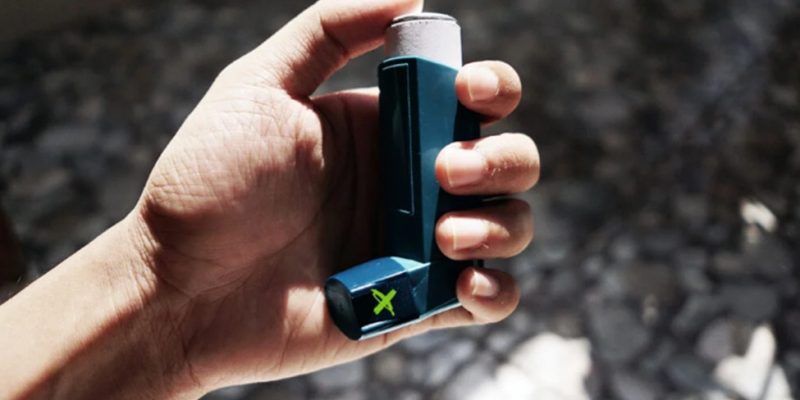For individuals with asthma or other respiratory conditions, a rescue inhaler is often a crucial part of managing symptoms and ensuring proper airflow to the lungs. However, it’s essential to use these inhalers judiciously to maximize their effectiveness and minimize potential risks. Here’s a guide on how many times you can safely use your rescue inhaler in a day.
Follow Prescribed Dosage:
The first and most critical step is to adhere to the prescribed dosage recommended by your healthcare provider. Rescue inhalers typically contain short-acting bronchodilators, such as albuterol, designed to provide quick relief from acute symptoms. Your healthcare professional will determine the appropriate dosage based on the severity of your condition.
Short-Term Relief:
Rescue inhalers are intended for short-term relief of symptoms like wheezing, shortness of breath, or chest tightness. If you find yourself needing your inhaler frequently throughout the day, it may be an indication that your asthma is not well-controlled, and you should consult your healthcare provider for a review of your treatment plan.
Rule of Two:
The “Rule of Two” is a commonly used guideline in asthma management. If you are using your rescue inhaler more than twice a week for symptom relief (excluding use before exercise), or if you wake up at night due to asthma symptoms more than twice a month, it may indicate inadequate control, and you should consult your healthcare provider.
Potential Risks of Overuse:
While rescue inhalers are generally safe when used as prescribed, excessive use can lead to potential side effects, including increased heart rate, tremors, and low potassium levels. If you find yourself relying heavily on your rescue inhaler, it’s crucial to discuss this with your healthcare provider to explore adjustments to your treatment plan.
Long-Term Control Medications:
If you find that you are using your rescue inhaler frequently, your healthcare provider may recommend long-term control medications to manage your asthma more effectively. These medications work to reduce inflammation and prevent symptoms, providing sustained relief and reducing the need for frequent use of rescue inhalers.
Regular Monitoring and Communication:
Regular check-ups with your healthcare provider are essential for monitoring your asthma control and adjusting your treatment plan as needed. Communication about your symptoms, medication use, and any challenges you may be facing is crucial in ensuring that your asthma is well-managed.
Conclusion: Prioritize Your Respiratory Health
While rescue inhalers provide valuable relief for acute respiratory symptoms, their optimal use involves adherence to prescribed dosages and guidelines. If you find yourself reaching for your inhaler frequently, it’s a signal to consult your healthcare provider for a comprehensive assessment of your asthma management plan. By prioritizing your respiratory health and maintaining open communication with your healthcare team, you can strike a balance that ensures effective symptom relief while minimizing the risks associated with overuse of rescue inhalers.
This article was written by a peptide professional from Domestic Peptides. Looking for the Best Place To Buy Peptides Online? Well, look no further. Welcome to Domestic Peptides where you’ll find a huge selection of Research Peptides for sale and Research Chemicals for Sale, all made in the USA.







Comments